So, what does a ferret look like?
Can you easily determine what kind of animal is a ferret?
Ferrets are rather interesting animals, very specific to the world of pets. So, today we will share with you some information about ferrets, their size, weight, fur colors, patterns, and other interesting and useful information about ferrets as animals.
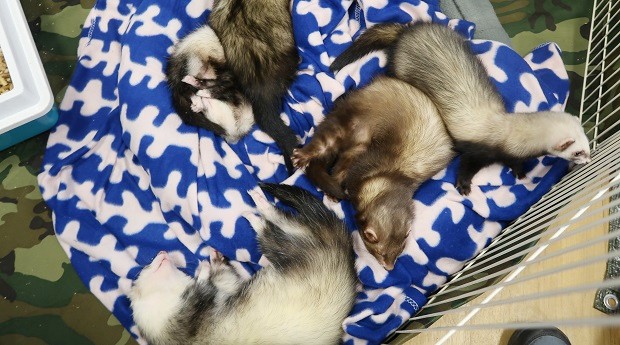
TABLE OF CONTENTS
What Kind Of Animal Is A Ferret?
Ferrets are a part of the weasel family, with the Latin name Mustelidae. This family is rather big and it includes wild animals like stoats, polecats, otters, minks, martens, and even wolverines. The entire family consists of carnivorous mammals with elongated bodies and short legs. So, ferrets, as part of the same family, have all those characteristics.
What Does A Ferret Look Like?
Now that we know what family a ferret belongs to, let’s take a look at the ferret’s body. How big a ferret really is, what kind of teeth does he have, what about eyes, ears, or for example, paws?
Body
We know that ferrets have long bodies with short legs. Their spine is very flexible which allows them to go into very tight spaces and they love to crawl. If a ferret’s head can enter, the body can follow and that is something you have to remember. That is why it is very important to ferret proof your home before you get a ferret.
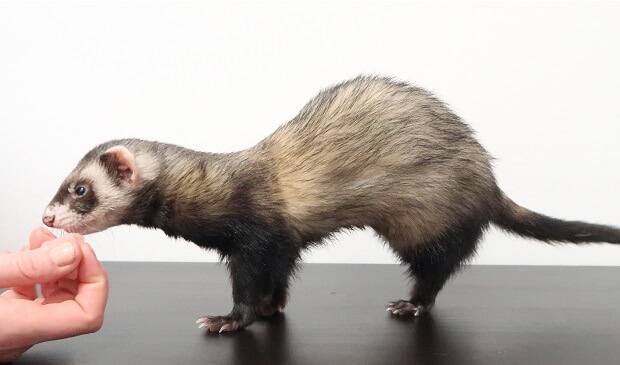
Average Size And Weight Of A Ferret
Ferrets are small animals, much smaller than average cats and dogs. The average length of a female ferret is around 30-40 cm (12-16 inches) and for the male, that measurement is 40-60 cm (16-24 inches). As you can see, male ferrets are almost twice the size of female ferrets. The length of the ferret is measured from the tip of the nose to the tip of the tail.
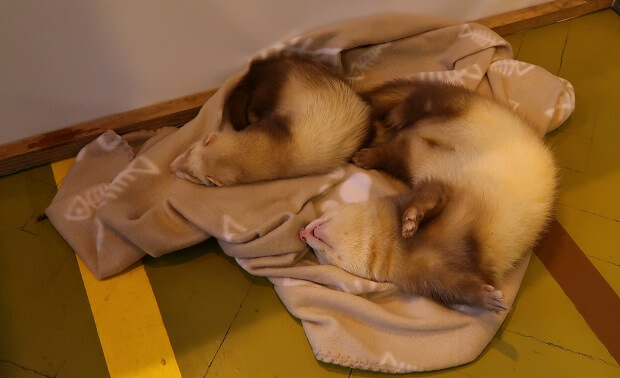
The same story is with the weight. Female ferrets can be from 0.8 to 1.5 kg (1.8lb to 3.3lb), while male ferrets can be 1.5 to 2.5 kg (3.3lb to 5.5lb). So, if you have a ferret in that range, he is an average ferret. But, a ferret can also be skinny, by built or for some medical reason. If you want to know more about ferrets with lower weight, read my post about skinny ferrets.
Teeth & Mouth
One of the main characteristics of a Mustelidae family is the carnivorous nature. That means every ferret is a carnivore and that gives them two sets of pretty long and sharp teeth. The most important teeth are canines, two on each jaw, and between them are six very small incisors. Besides them, they also have premolars and molars.
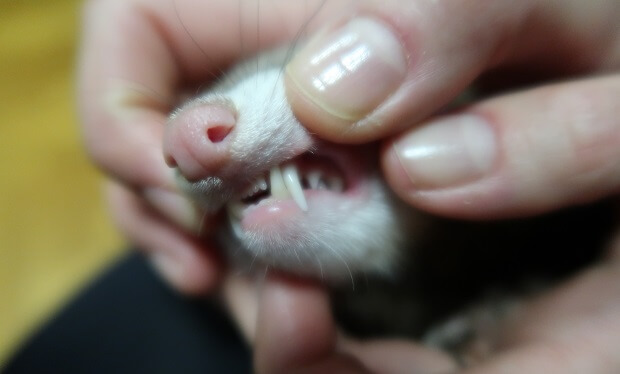
All in all, there are 40 permanent teeth in the ferret’s mouth. Dental hygiene is important and you should brush a ferret’s teeth once a month. Since ferrets are curious, there is a chance that your ferret will chip a tooth. If that happens, it is smart to consult a veterinarian for further actions. Most of the time you will only have to monitor the chipped tooth.
Eyes
Ferret’s eyes are rather big and bright so you can easily recognize a healthy ferret by his eyes. Most ferrets have dark brown, almost black eyes, but not all of them. There are ferrets with red and burgundy eyes and that depends on the type of ferret. Albinos have red eyes, for example.
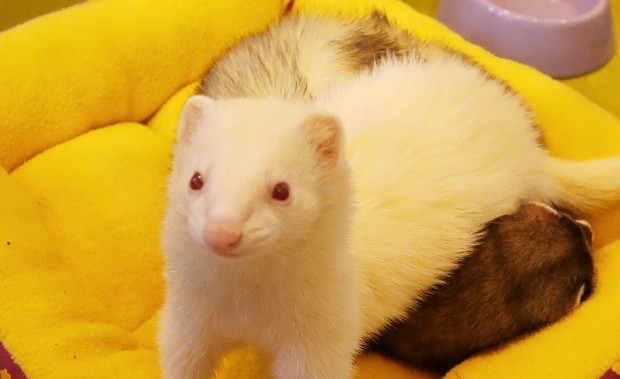
Ferret’s eyes might be bright while they are healthy, but their eyesight is actually pretty poor so they don’t rely that much on it. The sense of smell and touch are more important for ferrets than eyesight.
Ears
Ferret’s ears are big and round in shape. Their hearing is much better than their eyesight, you could even say it is excellent. But, ferrets can be deaf although it won’t lower their life quality. The most common deaf ferrets are the ones with white marking on their heads and that is connected to Waardenburg syndrome.
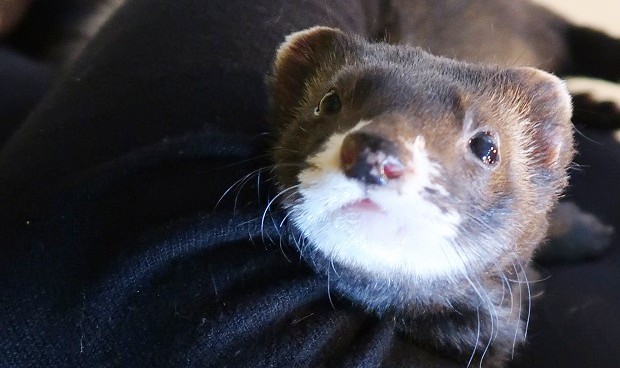
Just like teeth, you have to clean the ferret’s ears too, once a month to prevent ear wax build-up. The ear wax is dark red, almost brown, but if it turns darker, almost black, your ferret might have a problem with ear mites so you should consult a veterinarian.
Nose
Ferret’s nose is his most important tool for exploring his surroundings. They will sniff every inch around them, no matter where they are. Their noses can be pink, light brown, and dark brown, depending on the type of ferret. The nose color can change so you might get a ferret with a brown nose but after a few years, you can end up with a ferret with a light brown almost pink nose.
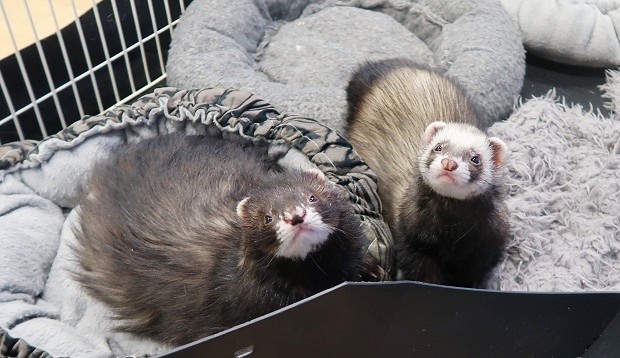
You can make sure that your pet ferrets are healthy simply by checking out their noses. The nose should be moist, clean, without scales or any type of discharge. If a ferret has a runny nose, a ferret can have a cold or the flu so you should take him to the vet.
Skin
Ferrets have unusually sensitive skin. That means you don’t have to bathe ferrets too often (only when required) or you might irritate their skin. Also, it is recommended to avoid detergents with different fragrances, fabric softeners, and other chemicals to clean their hammocks and beddings.
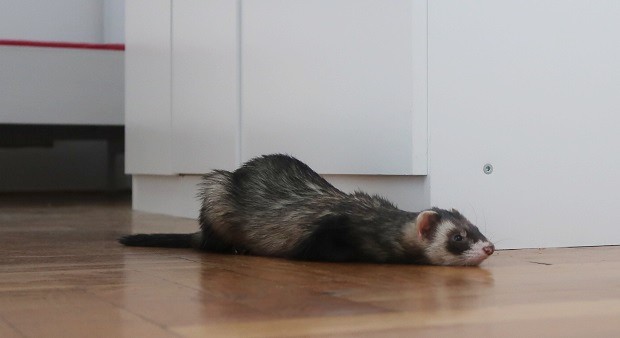
The interesting part about ferrets is that they can’t sweat so they are prone to heat strokes. That means every temperature above 85°F (26°C) is pretty dangerous for them. What to do to prevent heatstroke, you can read in my post about ferrets and heat strokes.
Fur
Ferrets can be very proud of their fur quality. In a healthy ferret, the fur is thick, shiny, and smooth. There are two types of ferrets when it comes to fur length. The standard shorthair ferret and the angora ferrets.
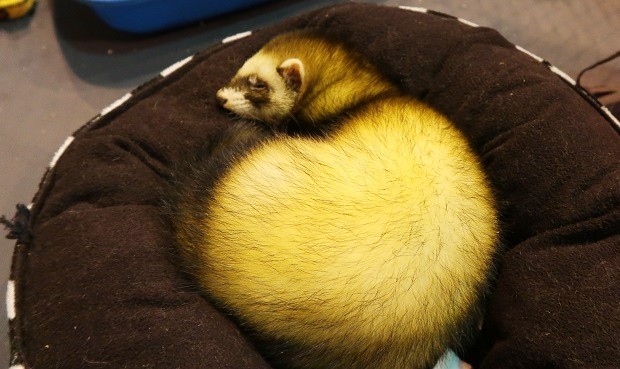
Standard ferrets are the most common types while angora ferrets are ferrets with much longer and thicker fur. One of the most common signs of illnesses is lack of fur so make sure you check out ferret fur for any bald patches, especially on the base of the tail and back legs.
Tail
Ferrets use their tail for balance when they are hovering above the edge of your coffee table. They don’t move their tails like cats and dogs, although there is a situation where you can see a ferret wag his tail. That is not that common and it usually happens when a ferret is very excited and playful. If you release a ferret in an unknown environment, the hair on his tail will stand up and the tail will look like a bottle brush.
There is no such thing as a bald ferret. If your ferret has a bald tail, then that can mean two things. Either it is a sign of a serious illness and you should visit a veterinarian or it is a sign of a seasonal fur change. Unfortunately, that seasonal change often develops into a serious illness so it is always a good idea to visit the vet.
Color & Pattern
Domesticated ferrets come in different fur colors and patterns. The most common color is a sable ferret, a light brown ferret with a dark brown mask, legs, and tail. Besides that, there are also albino ferrets, silver ferrets, champagne ferrets, and many other colors.
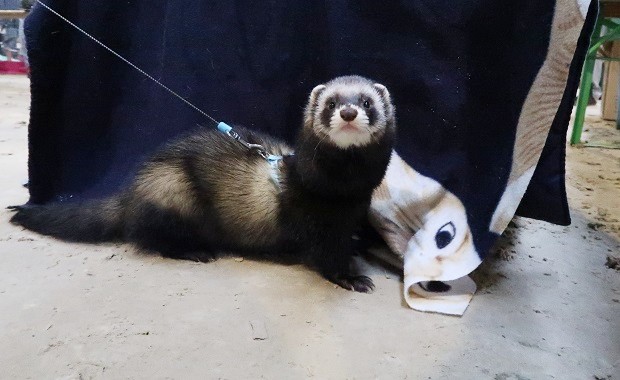
There are situations where your ferret can change the color of his fur over the years and that is completely natural. You can read all about ferret types, patterns, and colors in my post about different ferret types.
Conclusion
If you wondered what does a ferret look like, this post can help you with the most important ferret characteristics, including what kind of animal is a ferret. You can see that they are interesting animals that come in different colors and patterns. Which ferret characteristic surprised you the most? Share with us in the comments below! If you are eager to read ferret news subscribe to the Friendly Ferret newsletter today!

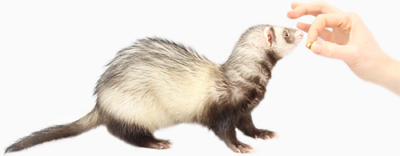


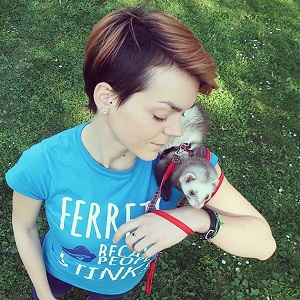

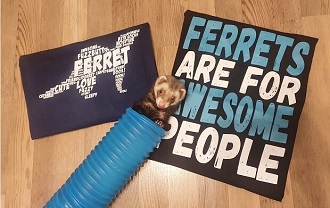




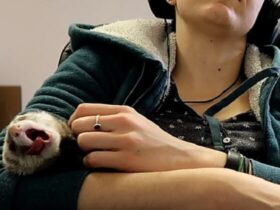
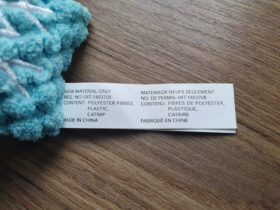
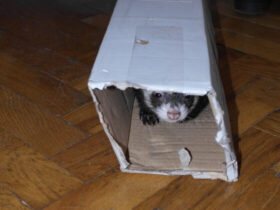

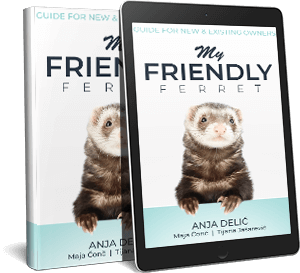

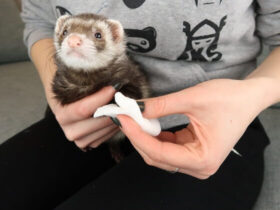

Leave a Reply